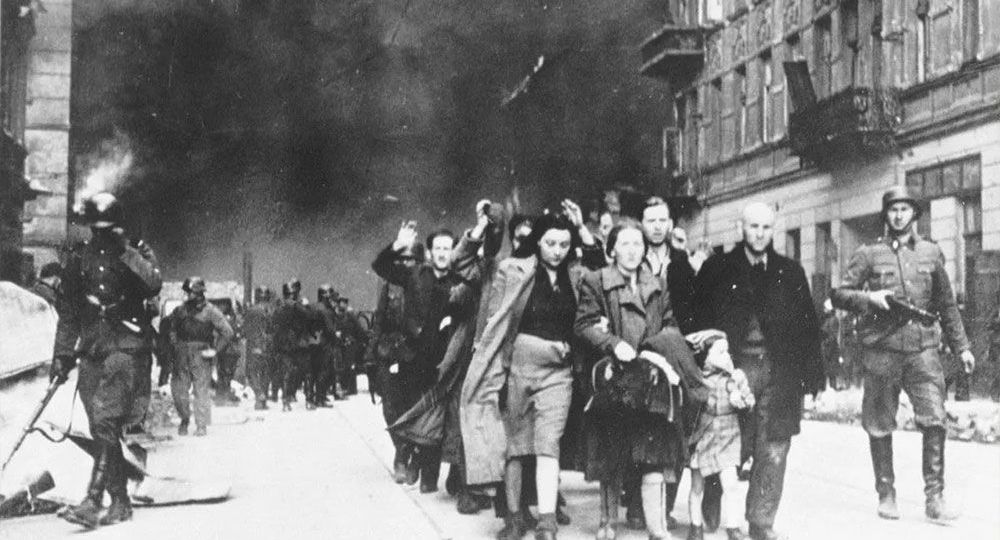
Like all of us, I’ve been watching the stories of the health-care teams — the doctors, nurses and others — working the overcrowded and impossible ICUs. Like all of us, I’ve been impressed with their bravery and competence in the face of overwhelming odds, and — before the vaccine — huge personal risk, a product of their training and humanity. Like some of us, I’ve searched my memory for similar stories, for example SARS in 2003 and its impact on Ontario hospitals, my own included — the masks and protective equipment, the fear, the monitoring patients by phone, the feeling that “this can’t be happening.” Though of course, it did.
Most of all, I remember this story.
It was a regular office visit, in the days when we could have them. At the end of her visit, Mrs. P said, “I trained in medicine, too, Doctor. You may not have known that.”
I was surprised a bit. I knew Mrs. P as an elderly patient only, not realizing the details of her life story. My fault; I hadn’t thought to inquire.
Her English still flavoured by Polish and Yiddish, she said, “It was in the Warsaw Ghetto in the Second World War. A group of physicians decided they should teach others since their numbers were diminishing, and their workload was increasing. I was only 18 and had thought of nursing as a career before the, well, before.”
She looked away for a moment, then continued, “But one of the physicians spoke with me, suggesting that medicine would be a better choice. My parents agreed. I spent a year, maybe more, in the school.” Until, thanks to a friendly German guard, she escaped the ghetto, and fled, ultimately, to Canada.
Thanks to the late Charles Roland, a physician and medical historian, we’ve come to learn about the short life of the medical school. His book, “Courage Under Siege: Starvation, Disease, and Death in the Warsaw Ghetto” tells the story. The school was established in 1941 by the Judenrat (the Jewish Council), approved by the Nazis as a means of combating epidemics, especially typhus. Its secret mission however was a full medical education for its students, a kind of passive resistance against the Nazi regime. It provided a “standard European curricula,” taught by what Roland describes as a distinguished faculty. Ironically, the focus on typhus was self-fulfilling: you try squeezing roughly the population of Hamilton into 10 square blocks and see what happens. And starving them by the way, denying them basic necessities like clean water and sanitation. In the end, the school gave several hundred students a medical education, opening a window into what their lives could have been like. Mrs. K was one of those students.
The story of the Warsaw ghetto speaks volumes about the vile and inhumane actions of the Nazi regime. It is one of the saddest episodes in the Holocaust. I came across it first in reading Leon Uris’ compelling “Mila 18.” From 1940 to 1943, the ghetto inhabitants lived in hugely overcrowded rooms, fighting for survival against starvation and disease. In the end, Warsaw lost the majority of its pre-war population of 400,000 Jews, most of those students included.
“Courage Under Siege” opens a window into the heroic efforts of the doctors, nurses, and the other health and social professionals of the ghetto, providing care compassionately and creatively while they themselves faced the same, huge challenges. Starving themselves, they functioned in a nightmare of hospitals where beds often contained multiple patients, where operations were performed minus gas, electricity, and even running water. Where dead bodies and patients mixed together, filling the hallways.
I’m lucky enough to know another physician and medical historian, a student of the Holocaust, Bill Seidelman. Describing the Warsaw Ghetto medical school, my friend wrote, “Can you imagine, living in hell personified, not knowing if you or your loved ones would be alive tomorrow and studying for an exam, crying if you got a poor mark? Unbelievable.”
I can’t frankly. And yet it happened.
Like all of us, I look for light at the end of the pandemic tunnel. There are many actually. Here’s one of them: although the circumstances are vastly different, something of the courage of the doctors and nurses witnessed in the Warsaw Ghetto has seeped ahead many decades into the training and conduct of our pandemic physicians and nurses. Informing. Heartening. Inspiring.


